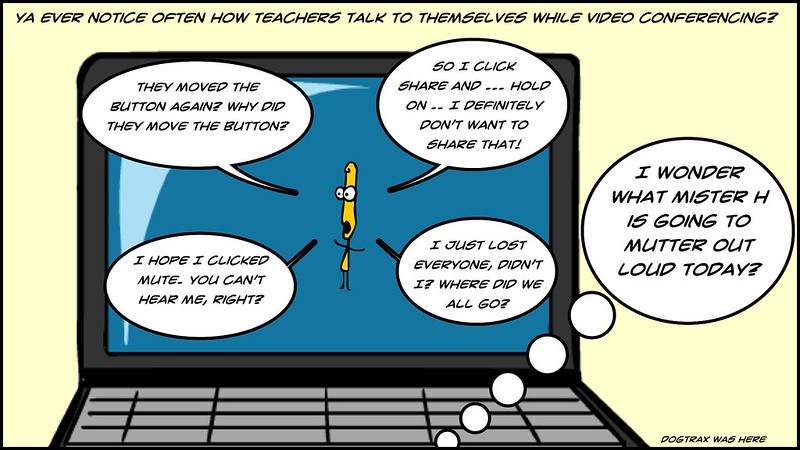
Poster be curious, second version flickr photo by Ampersand Press Lab shared under a Creative Commons (BY-NC) license
When people seek information, we might think we have a question and we are looking for the answer, but more often than not, we benefit more from engaging in sense-making: refining our question, looking at possible answers, understanding the sources those answers come from and what perspectives they represent, etc. — Bender/Shah, from All-Knowing Machines Are A Fantasy
Emily Bender shared this article, originally posted back in December, as the news hit that both Microsoft and Google are integrating advanced language model AI Chat functions within their search engines. Google announced their tool (Bard) yesterday and Microsoft has been ramping up its use of ChatGPT inside Bing.
An insight of theirs that struck me is how, just like when we wander a library or just like when we turn the pages of a newspaper, it’s often the randomness of the stumble upon something unknown that is the best experience. We might find a book we never knew we needed to read or find an article that has us looking for more information.
Search, for all its drawbacks in design and function, can be the same, in that when you try to find one thing, a search engine is often apt to also spit out something else. Now, this can be frustrating if you are looking for something specific. But if you are a curious searcher, a post with an odd header might have you wondering, and following, and discovering something new and interesting, or just weird.
In my reading of their article, Bender and Shah suggest that the age of AI Chat inside the search algorithms might hinder our curiosity, one of the things that make us human in the pursuit of information, as Chatbots serve us up more than we need, in a single screen space. They also address an linguistic component to the language the bots are using to provide us with information.
One of their main points is that we need to follow information back to its source, to determine its authenticity and relevance, in order to make sense of information, and AI (right now) does not necessarily allow us to do that. It just serves up information from its database in nice textual chunks.
But I’m reminded of a tagline from a YouTube channel by Hank Greene: Stay Curious.
Peace (and Wonder),
Kevin








